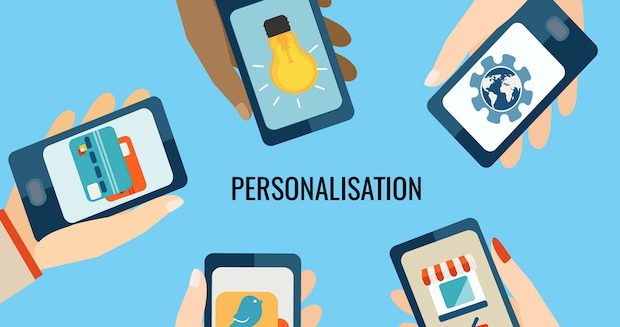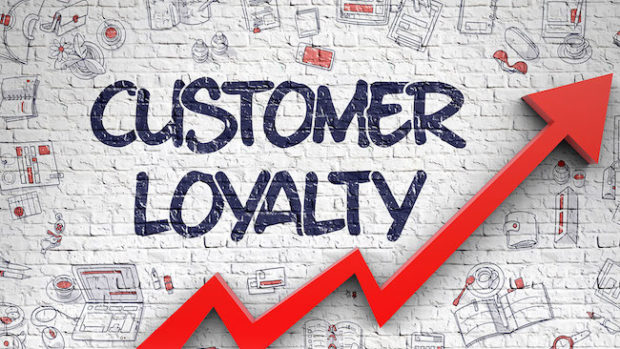
2025 will see retailers invest in joined-up, personalised shopping, as 73 per cent of consumers crave a unified shopping experience. To achieve this vision of “unified commerce”, businesses must integrate eCommerce, in-store, and delivery capabilities ever more tightly. This will place logistics front and centre as the engine of retail growth.
This is the headline finding of “The next retail revolution”, a new trends and predictions guide from nShift, the global leader in multi-carrier shipping software.
It argues that 2025 will be a year of monumental change in retail. Consumers will increasingly find the idea of “going shopping” irrelevant. Instead, they will expect shopping to come to them, wherever they are in their physical and digital lives. Brands and retailers must build touchpoints around the lives of customers. But making a more relevant offer to shoppers will only be valuable if retailers have the logistical capacity, capability and flexibility to make good on their promises.
Winning in this environment will require logistics and warehousing teams, 3PLs and 4PLs, to:
- Innovate the last mile – AI and automation will continue to change how parcels are delivered. Retailers will increasingly expect warehouses to look for new ways to facilitate speedier, more sustainable and more efficient deliveries
- Meet more regulatory requirements – measuring and providing regulators with more information on sustainability – such as emissions generated across the supply chain. Many companies will begin compulsory sustainability reporting under the Corporate Sustainability Reporting Directive (CSRD) in 2025
- Use joined-up data to unlock efficiencies – automated and digital processes are generating data that, if analyzed well, can help businesses drive efficiency and improvement. Too often this data sits across different systems and, sometimes, in different organizations. Logistics teams will face increased pressure to join-up this data and use it with greater impact
Johan Hellman, VP for product and carrier at nShift said, “Creating a unified retail experience requires customer experience, commerce and logistic teams to work seamlessly, from the front and back ends of operations. Nowhere is this more apparent than in the delivery process.
“Creating joined-up deliveries across eCommerce and logistics can ensure that businesses provide core delivery management and a great customer experience. This will help drive 2025 growth through reducing risk and increasing competitiveness.”








Share